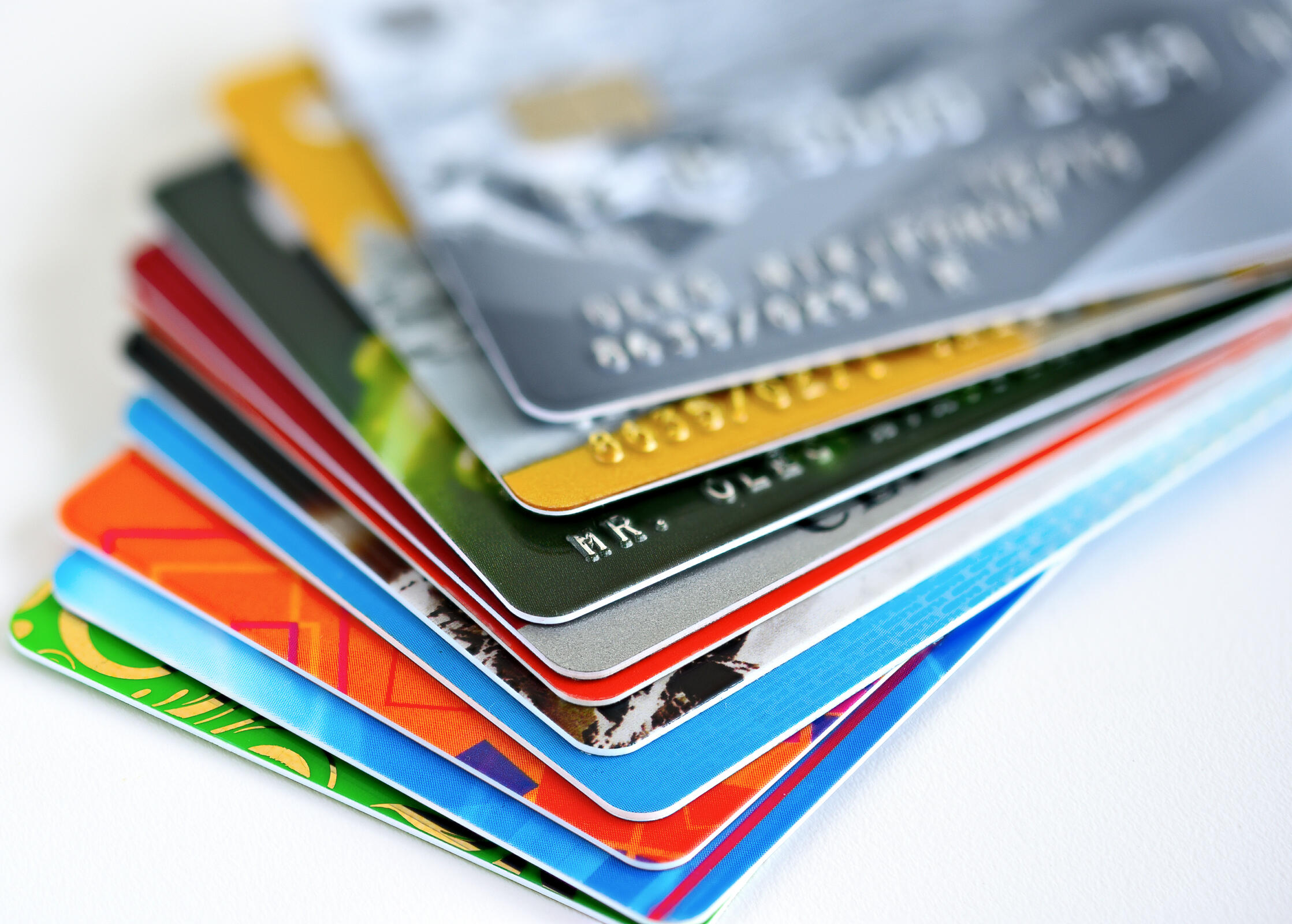The rise of the internet has revolutionized the way we work, play, and communicate. Now with Web 3.0 on the horizon, the ‘people-owned’ internet has been designed to bring power back to all of us by giving us more control over our online presence. Keep reading to discover all you need to know about the latest shift in digital technology, from its basic concepts to its potential applications in everyday life.
What is Web 3.0?
Web 3.0 is the third generation of WWW, where people using the internet are in control of their own data and online experiences. It is a decentralized platform that allows for more secure and efficient transactions and supports applications that can run without the need for central servers. This new web will be powered by technologies such as blockchain, AI, and big data.
Benefits of a People-Owned Internet
A people-owned Internet would bring many benefits to users and society as a whole. It would be more accessible, democratic, and free from the control of corporations and governments.
A people-owned Internet would be more accessible than the current system, which is dominated by a handful of giant companies. It would be easier for new players to enter the market, and competition would lead to lower prices and better services for consumers.
A people-owned Internet would also be more democratic. Users would have a greater say in how the system is run and what content is available. There would be no censorship or manipulation of information by powerful interests.
Finally, a people-owned Internet would be free from the control of corporations and governments. It would be an open platform that anyone could use for any purpose. This could lead to breakthroughs in science, journalism, education, and many other fields.
Challenges with People Power in the Online World
The future of the internet is people-owned, but there are challenges with this power dynamic. The online world is constantly changing, and people are finding new ways to use and abuse the internet. There are also concerns about how people will use their power. Will they censor content they don’t like? Will they police the internet for fraud or piracy? Will they be able to keep up with the demands of the people who use the internet?
These are all valid concerns, but they shouldn’t stop us from moving towards a people-owned internet. We need to be proactive and create structures that will allow us to address these challenges. We need to create a system that will allow us to use our collective power for good.
Security and Protection for the People-Owned Internet
The people-owned Internet is a decentralized network of computers that allows anyone to connect and share data without the need for central servers or authorities. The benefits of this type of system are many, including increased security and protection from attacks and censorship.
In a centralized system, like the current Internet, there are a few large providers that control the entire network. This makes it easy for them to censor content or track users. It also makes the network vulnerable to attacks, since all the data is stored in one place.
A decentralized network is much more secure because it doesn’t rely on any central servers. The data is distributed among many different computers, so if one computer is hacked or taken offline, the rest of the network can still function. This makes it much harder for attackers to take down the entire system, and it also makes censorship difficult or impossible.
The people-owned Internet is still in its early stages, but there are already a few projects working on making it a reality. One of these is IPFS (InterPlanetary File System), which is a new way of storing data that could make the entire Internet more efficient and secure. IPFS could help create a truly decentralized Web where no single company or government could control what people can see or do online.
Conclusion
The future of the internet looks very exciting, as Web 3.0 ushers in a new era where individuals can own their data and have greater control over how it is used by companies. We are only starting to understand what this brave new world may hold for us, but one thing is certain — the power lies with the people. With open-source technology becoming more accessible, now is the time to look at ways we can use this technology to create a truly people-owned version of the internet. Welcome to Web 3.0: The Future of People-Owned Internet!











